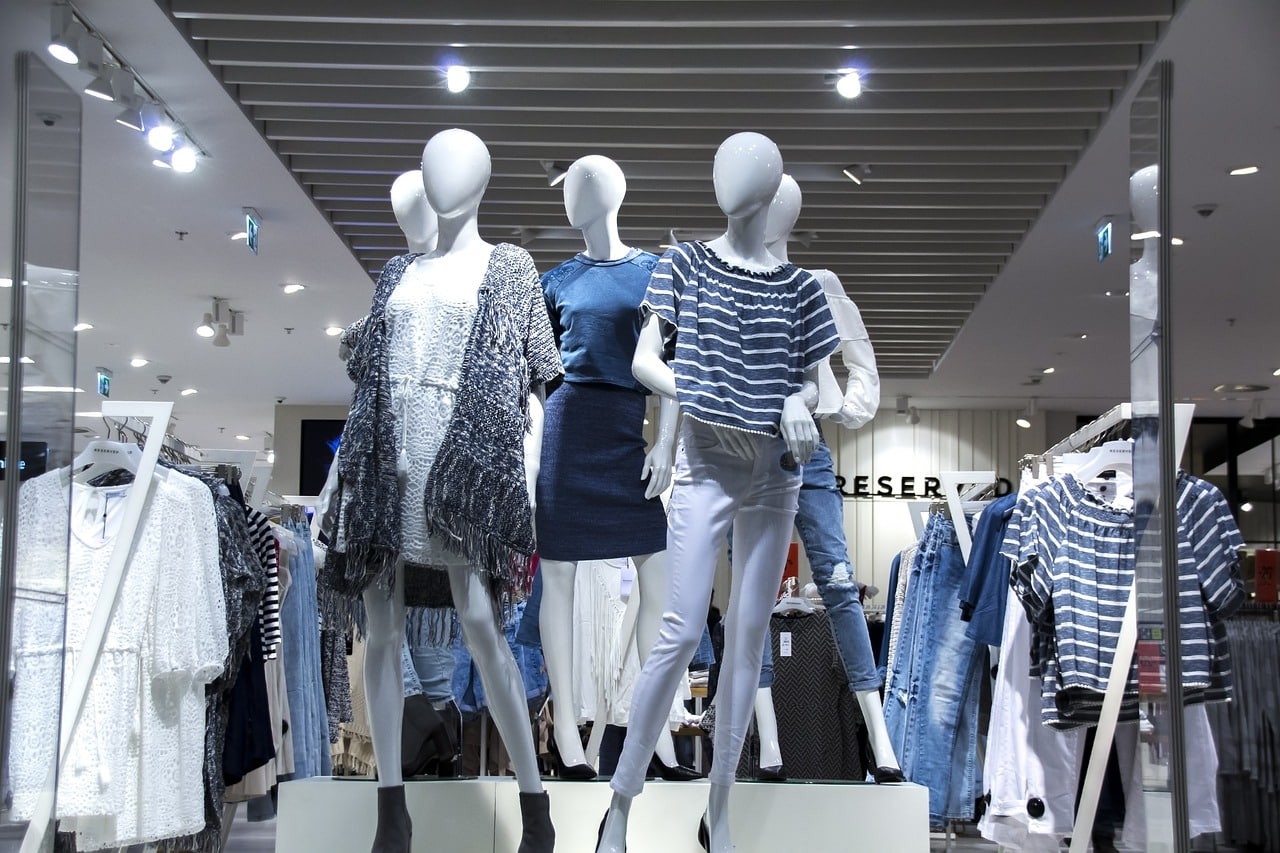Music has always been an integral part of life. It not only entertains us but also serves a myriad of roles in different settings, one of which is retail. It’s no secret that clothes shops often pipe music through their stores. Yet, an interesting concern often arises – why do these clothes shops play what is perceived by some as ‘bad’ music? This article explores this intriguing concept, venturing into the world of retail music and the reasons behind the musical choices.
The Psychology behind Music in Retail
Music’s influence in the retail environment is pivotal, as it transcends mere background noise to craft an immersive shopping experience. Retailers harness music not just to fill the void of silence but to create a specific atmosphere, to give life to the ambiance that can sway the customer’s shopping trajectory. This auditory accompaniment is strategically utilized to subtly prolong a customer’s time within the store and subtly steer their purchasing decisions.
The intricate psychology of in-store music can sometimes lead to shoppers categorizing the music as ‘bad’. This perception is not an objective truth but is deeply ingrained in personal preferences shaped by one’s own cultural milieu and accumulated experiences. For instance, a melody that strikes a chord with a youthful shopper may resonate less with an older individual. Thus, a perceived mismatch between a shopper’s musical taste and the store’s selected playlist can lead to the experience of what they might call ‘bad’ music.
Role of Music in Brand Image
Retailers leverage music as a formidable instrument to sculpt and maintain a brand image. It acts as an unseen salesperson, conveying a brand’s message in a rhythm that can connect with a customer on an emotional level. Playlists are meticulously designed to echo the brand ethos, aiming to strike a chord with the targeted audience’s preferences.
However, the effort to reflect a brand’s image through music can sometimes result in what shoppers describe as a ‘bad’ music experience. Retailers aiming for a trendy and youthful image may opt for contemporary hits, which may clash with the tastes of other demographic groups who do not find such selections harmonious or enjoyable.

Why Do Clothes Shops Play Bad Music
Influence of Music on Shopper Behavior
Research has firmly established a link between the background music in stores and shopping behaviors. Slower tempos are known to relax shoppers, leading them to linger in stores longer, while familiar melodies can evoke comfort, potentially increasing sales.
The notion of ‘bad’ music emerges when there is a discordance between the played music and the shopper’s preferences. Music that is too loud, repetitive, or simply out of sync with a shopper’s taste can create discomfort, inadvertently disrupting the shopping experience or even prompting customers to leave.
Differences in Musical Taste
Musical preferences are highly subjective, varying dramatically from one individual to another based on factors like age, culture, and personal life experiences. It’s inevitable that a melody that is music to one person’s ears may be noise to another.
This disparity in preferences is often the root cause for the label of ‘bad’ music within retail spaces. Shoppers enter with their unique musical tastes, and their varied reactions to the in-store music can lead to a polarized view of the same tunes.
Strategies Retailers Utilize
In their pursuit of the quintessential shopping soundtrack, retailers employ diverse strategies. These can range from automated systems that generate playlists aligned with demographic analyses to the engagement of music curators who craft a store’s musical identity that evolves with current trends.
Despite these calculated efforts, the strategy can miss the mark when it tries to cater to a broad array of customers. The real challenge lies in finding a musical middle ground that appeals to the majority without becoming mundane or uninteresting.

Potential Benefits of ‘Bad’ Music
Paradoxically, music perceived as ‘bad’ may not be detrimental to retailers. The unusual or unexpected tunes can pique curiosity and engage customers, potentially leading to a longer visit. The use of unconventional music can distinguish a store, leaving a lasting impression on shoppers.
For example, high-end boutiques often choose genres like classical or jazz to foster an air of exclusivity and sophistication. Although this choice might seem ‘bad’ to some due to unfamiliarity, it successfully cements the store’s identity as unique and upscale, appealing to a niche market that appreciates this differentiation.
Conclusion
In summary, it’s clear that the idea of ‘bad’ in-store music largely depends on individual perceptions and tastes. While retailers painstakingly curate music to create a favorable shopping ambiance, achieving a universal appeal is a complex task. Be it creating a distinct brand image or influencing buyer behavior, music serves as an essential tool in the clothes shopping experience.
While the notion of ‘bad’ music may persist due to diverging music preferences, we can now appreciate the multifaceted role that music plays in the retail clothing industry. Much like fashion, the beauty of the music lies in the ear of the beholder.


















